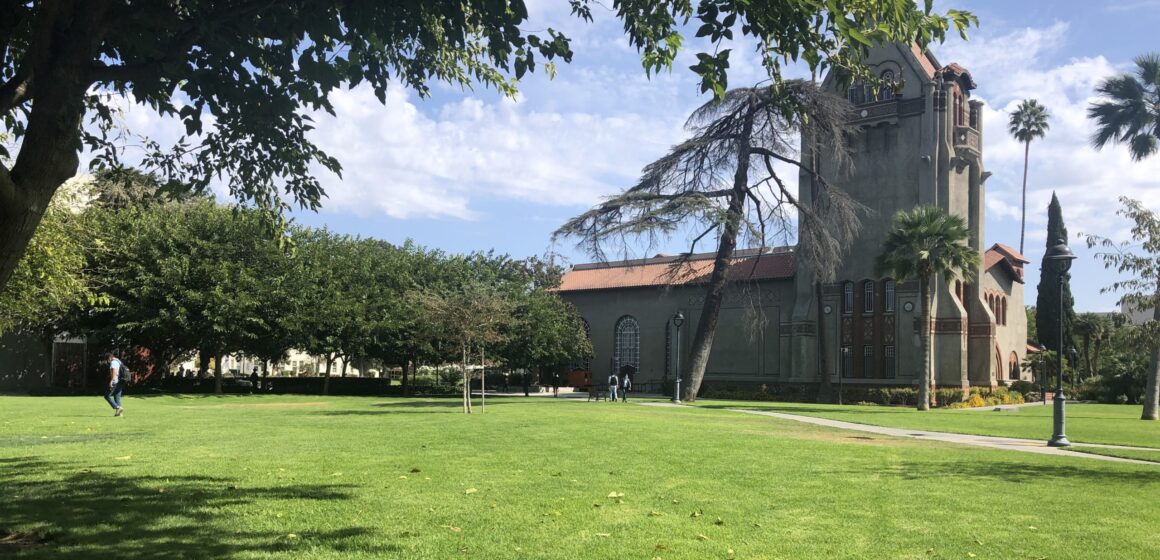The National Institutes of Health (NIH) and National Science Foundation (NSF) training programs were developed to promote a varied, vibrant workforce prepared to innovate solutions to our nation’s most pressing problems, from cancer treatment and drug discovery, to fire management and renewable resources.
Scientists studying such problems not only need to follow specific procedures to work in a lab, with animals or with humans, but they also need to think in a structured, methodical way. Scientists must be able to design and set up experiments, create and troubleshoot challenging protocols, analyze data sensibly and communicate their findings clearly and ethically.
A career in science requires expertise that takes years of training to attain — typically four years of post-secondary education for entry level positions, up to nine years or more of post-secondary education for advanced positions and at least one to two years of experience in a research lab.
For nearly a century, Congress funded programs, managed through grants from the NIH and NSF, to provide science trainees of different backgrounds with the resources and mentorship to develop successful careers.
For more than 40 years, my institution, San Jose State University (SJSU), has hosted multiple NIH and NSF sponsored training programs that collectively support more than 100 undergraduates per year. Acceptance into a training program is often transformative for young people. The time and cost of pursuing a science career can be prohibitive.
At SJSU, many students hold off-campus jobs to pay their tuition, are caretakers in their families or do not have scientific role models in their families who can provide guidance. These students may not have the financial resources to volunteer in a research lab for the experience or know how to put together competitive applications for Ph.D. programs or internships. NIH and NSF training programs support these students, often in a holistic fashion, allowing them access to and mentorship in science.
The Trump administration eliminated nearly all NIH and NSF training programs at SJSU. But the data show these programs lower barriers to entry in science, broaden access to scientific training and vitalize our scientific workforce.
For example, students who participated in U-RISE, one of SJSU’s training programs, received up to 60% of their tuition and a stipend of $1,000 per month to reduce the financial barrier of spending time in a research lab. They received mentorship on how to build a resume, apply to Ph.D. or M.D./Ph.D. programs and interview well.
U-RISE fully sponsored student attendance at a conference to promote its networking and scientific communication. The program helped students apply for a summer internship at a research-intensive university to build their lab experience.
The long-running nature of U-RISE strengthened its mentorship network, as prior fellows could be called back to SJSU to share their experiences. U-RISE resulted in a cadre of effective and innovative scientists. More than 85% of U-RISE trainees pursued a career in the biomedical sciences. Two U-RISE trainees later returned to SJSU, became faculty, and now mentor the next generation of scientists.
The preservation of NIH and NSF is crucial. Funding needs to be returned and expanded for scientific training programs, so that we, our children and our grandchildren can continue to benefit from scientific advances.
Sonia Singhal is an assistant professor of microbiology at San Jose State University.



Leave a Reply
You must be logged in to post a comment.